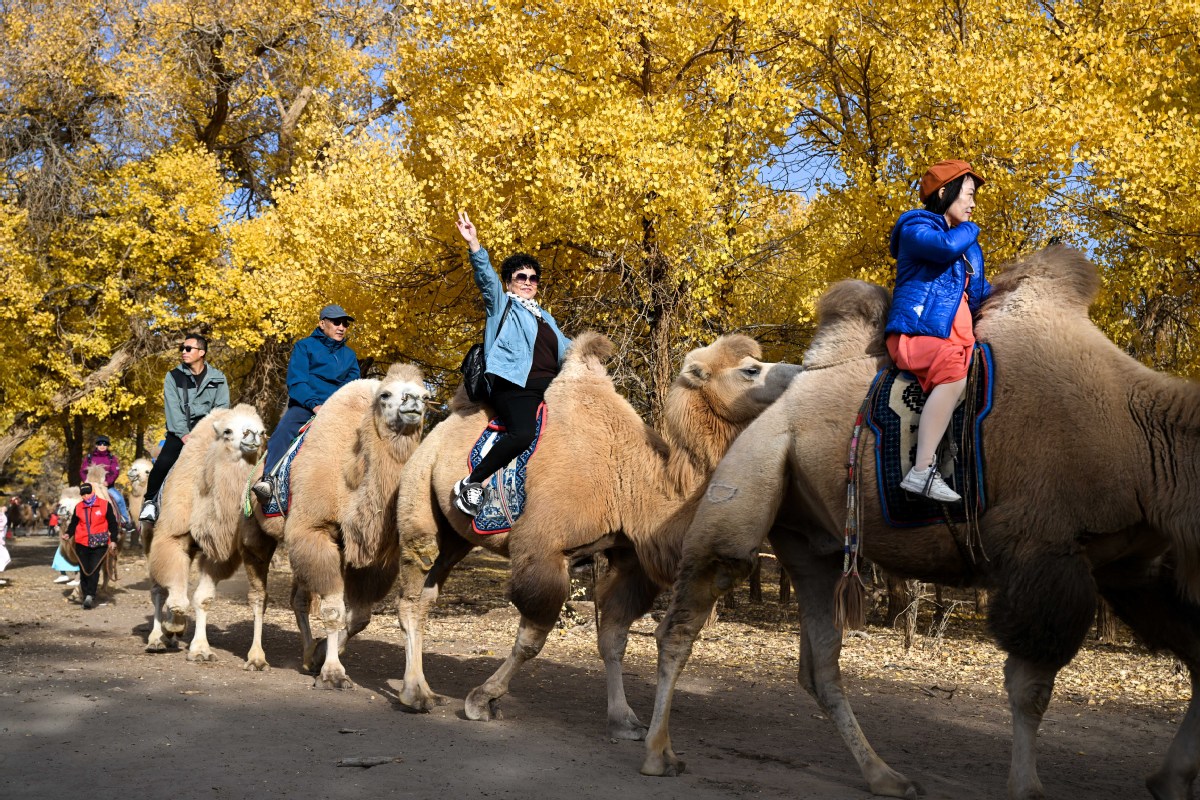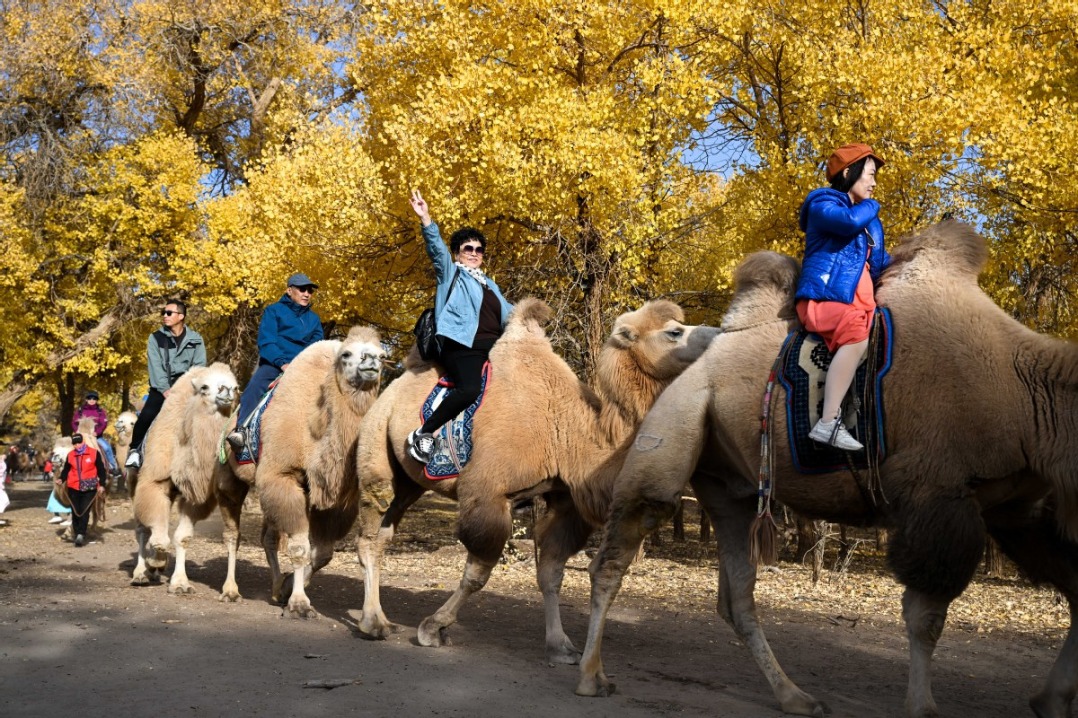
More middle-aged and elderly Chinese travelers are venturing out this fall, as they “strategically “choose to take trips on regular days rather than during holidays, thus booking cheaper travel products and avoiding the crowds, industry observers said.
After the weeklong National Day holiday, the tourism market has gradually returned to its regular status. Between Oct 8 and Oct 14, booking volumes of travel products from travelers aged 50 and above grew by nearly 20 percent year-on-year, according to online travel agency Trip.com.
In the first nine months of the year, the silver-haired population”s hunger for travel showed no sign of abating, and such travelers tend to have high per capita spending power. Bookings from those aged 50 and above grew by 26 percent on a yearly basis, and bookings from travelers aged between 61 and 65 jumped by 58 percent year-on-year, higher than other age groups, Trip.com found.
“Elderly travelers prefer to travel by plane and stay at luxury hotels. A well-off group with enough leisure time has been a prominent feature for silver-haired travelers,” said Wang Xinxin, director of elderly travel at Trip.com.
“They tend to avoid popular destinations that are crowded. Instead, they prefer natural landscapes with fresh air and cultural products with strong cultural attributes,” Wang said.
Wang added that their rich life experiences have shaped their taste for travel, and they have a strong pursuit of quality. The frequency of their trips and the money spent on travel have been significantly higher than the overall average.
Meanwhile, more young travelers are shifting their long holiday travel demand into daily lives to obtain more cost-effective and comfortable travel experiences.
After the Golden Week break, prices for flight tickets, hotels, group tour products, and customized tours have generally declined by more than 30 percent on average, making off-peak travel more cost-effective, Trip.com said.
The increasing appetite for off-peak travel is expected to lead to some changes in the tourism market, and the pricing and marketing systems of airlines and hotels may need to be adjusted accordingly. The new trend will also help expand the tourism market, the online travel agency said.
Since the start of October, many young employees prefer to take trips as the year-end draws near, and they would like to use any remaining days of annual leave.
Chinese travelers who are aged between 31 and 40 have a lot of enthusiasm for traveling, and the group accounts for over 30 percent of off-peak travelers, according to Tuniu Corp, an online travel agency.
“For people who have ample time and plan to travel during off-peak season, it would be a good window period for travel now. The group tends to take domestic long-haul trips and outbound travel with longer itineraries,” said Qi Chunguang, vice-president of Tuniu.
The beautiful fall scenery has further boosted travelers’ interest in taking trips during the off-peak period. Some domestic scenic areas have attracted tourists with their fall colors, including sightseeing spots such as Huangshan Mountain in Anhui province, Huangguoshu Waterfall in Guizhou province, and Wuyuan in Jiangxi province, Tuniu said.
For outbound trips, Japan, Maldives, Thailand, New Zealand, Spain, Portugal, the United Kingdom and Ireland are listed as some of the most popular destinations for off-peak travel, industry players found.
Outbound tourism is undergoing structural changes. With multiple countries now issuing visa-free entries to Chinese travelers, as well as the availability of cheaper airfares and hotel prices, more residents from smaller cities are taking advantage of the lower costs to travel abroad, and their main destinations are Southeast Asian countries, said Qunar, a Beijing-based online travel agency.
“Consumers from first-tier cities are traveling abroad further and spending more, although the increase of outbound travel orders made by them is not high. They are the main source of tourists for long-haul destinations such as Europe and the United States,” said Cai Muzi, a Qunar researcher.










